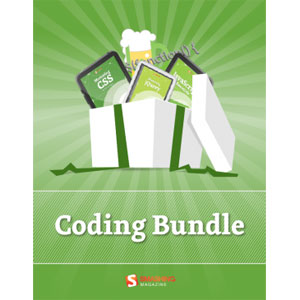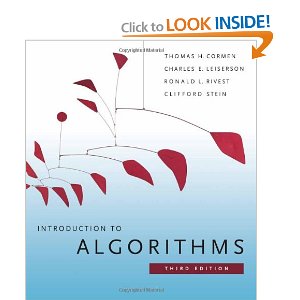Panda3D 1.6 Game Engine: Beginner’s Guide

Panda3D is a game engine, a framework for 3D rendering and game development for Python and C++ programs. It includes graphics, audio, I/O, collision detection, and other abilities relevant to the creation of 3D games. Also, Panda3D is Open Source and free for any purpose, including commercial ventures. This book will enable you to create finished, marketable computer games using Panda3D and other entirely open-source tools and then sell those games without paying a cent for licensing.
Panda3D 1.6 Game Engine Beginner’s Guide follows a logical progression from a zero start through the game development process all the way to a finished, packaged installer. Packed with examples and detailed tutorials in every section, it teaches the reader through first-hand experience. These tutorials are followed by explanations that describe what happened in the tutorial and why.
You will start by setting up a workspace, and then move on to the basics of starting up Panda3D. From there, you will begin adding objects like a level and a character to the world inside Panda3D. Then the book will teach you to put the game’s player in control by adding change over time and response to user input. Then you will learn how to make it possible for objects in the world to interact with each other by using collision detection and beautify your game with Panda3D’s built-in filters, shaders, and texturing. Finally, you will add an interface, audio, and package it all up for the customer.
This is a simple but detailed guide to using Panda3D, which will take you from a blank text file all the way through the Python programming process to a finished game with a single level, including such topics as handling tasks over time, event handling and response, collision set up and detection, audio, and more.
What you will learn from this book :
- Create and use tasks
- Respond to and handle events
- Implement texturing with built-in shaders
- Exercise collision detection
- Implement a graphical user interface
- Utilize the Panda3D animation system
- Master the power and purpose of intervals
- Add audio and use the OpenAL library
- Understand garbage collection
- Package the game into an installer
- Use Spacescape and explosion texture generator to create certain art assets
Approach
This book is a step-by-step, tutorial-driven guide to game or application development using Panda3D that follows the process used in professional development. You will learn through first-hand experience how a Panda3D developer goes from literally nothing to a finished product. Along the way there are illustrations to explain difficult topics and to display the results of progress, as well as a complete archive of thoroughly explained code for every tutorial. Every single code file the reader saves is mirrored in the example code, finished and explained. In addition, every art and audio asset required by the tutorials is provided, so the user need not provide any assets of their own.
Who this book is written for
If you are an independent developer interested in creating your own video games or other 3D applications using Panda3D for personal or commercial distribution at minimal expense, this book is definitely for you. A basic understanding of general programming, such as familiarity with the concept of a variable, is necessary. Some familiarity with object-oriented programming and the Python language is expected, but not essential.
This book does not cover the creation of three dimensional models or similar art assets, nor does it cover the creation of two dimensional art assets or audio assets.
Book Details
- Paperback: 356 pages
- Publisher: Packt Publishing (February, 2011)
- Language: English
- ISBN-10: 1849512728
- ISBN-13: 978-1849512725














